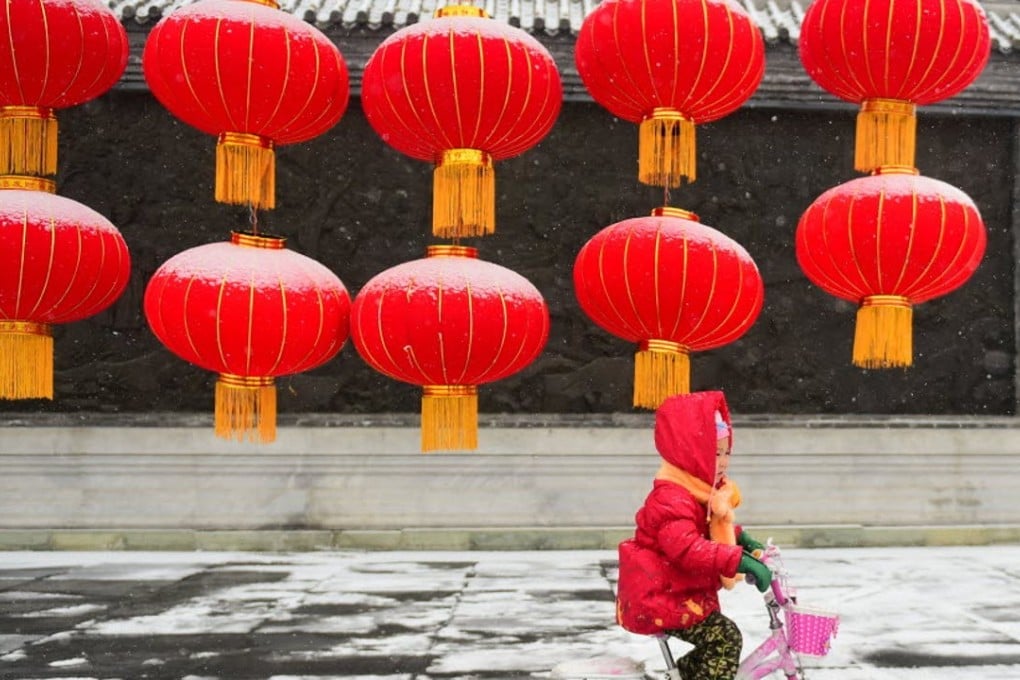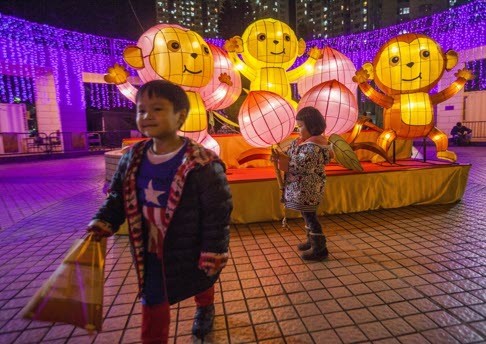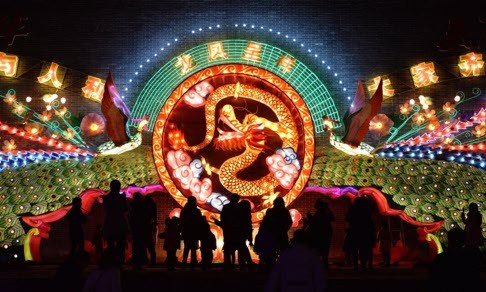Lantern Festival: five things you need to know about the Chinese version of Valentine’s Day

Today in Hong Kong, across China and around the world, millions of people will come together to celebrate Lantern Festival, or Chinese Valentine’s Day. The event is characterised by its iconic red Chinese lanterns, which are lit to represent hope for the year ahead. Here we take you through the traditions and meanings behind this ancient festival.
1. It’s more than 2,000 years old
Lantern Festival is celebrated on the fifteenth day of the Lunar New Year – as the first full moon appears. Its origins date back to the Han Dynasty (206 BC-AD 25), when Buddhist monks would light lanterns in order to worship Buddha. Releasing the lanterns, which are red for good luck, symbolises people letting go of their past selves and embracing new identities for the coming year.
Lunar New Year fireworks: Best of Hong Kong pyro show on social media from different vantage points

2. It’s also known as Chinese Valentine’s Day
Traditionally, the festival was one of few days in the year when unmarried women were allowed outside without a chaperone, giving them the chance to socialise with potential suitors. Lighting lanterns is also seen as a sign of a hope for blossoming romances.

3. Hongkongers can celebrate it at several public events - or just enjoy a family meal

A free lantern carnival will also take place at the Hong Kong Cultural Centre Piazza in Tsim Sha Tsui from 7.30-10.30pm.
